#bessarabian carpet
Explore tagged Tumblr posts
Photo

Formal - Traditional Living Room An illustration of a large, traditional, enclosed living room with a light wood floor and yellow walls, a regular fireplace, and a wood fireplace surround.
#bessarabian carpet#chintz#william morris wallpaper#living room#country french antiques#english antiques
1 note
·
View note
Text
See The First Museum Survey Of Artist Stanislava Pinchuk’s Work At Heide
See The First Museum Survey Of Artist Stanislava Pinchuk’s Work At Heide
Art
by Amelia Barnes
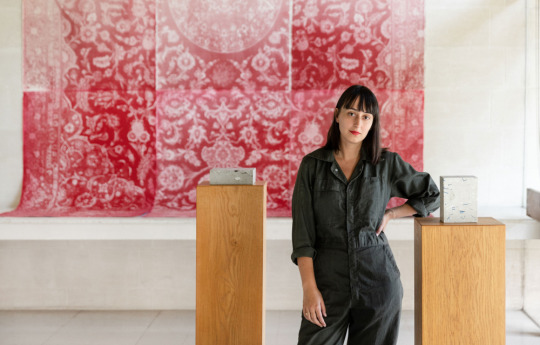
Artist Stanislava Pinchuk. Photo – Bri Hammond
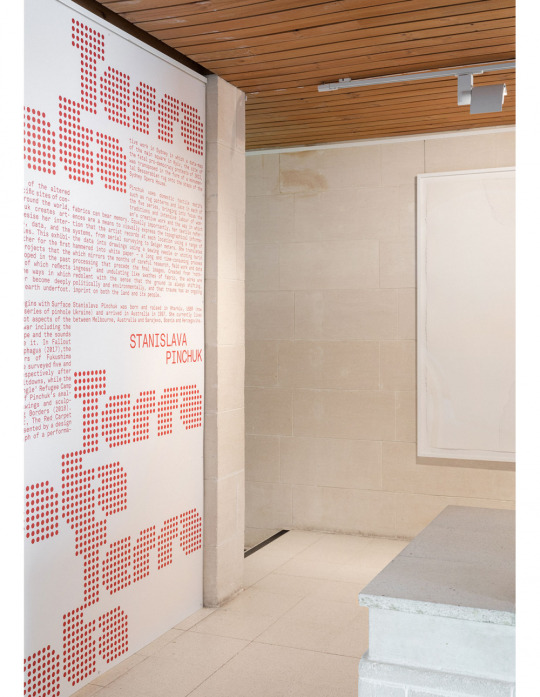
‘Stanislava Pinchuk: Terra Data’ is the first career survey of the Ukrainian-Australian artist’s work. Photo – Bri Hammond

The exhibition encompasses 40 works created between 2015 to 2020, including Stanislava’s renowned pinhole drawings and sculptures plotting war and conflict zones. Photo – Bri Hammond

A selection of Stanislava’s terrazzo sculptures. Photo – Bri Hammond

The exhibition is located in the famous circa 1964 Heide II building. Photo – Bri Hammond
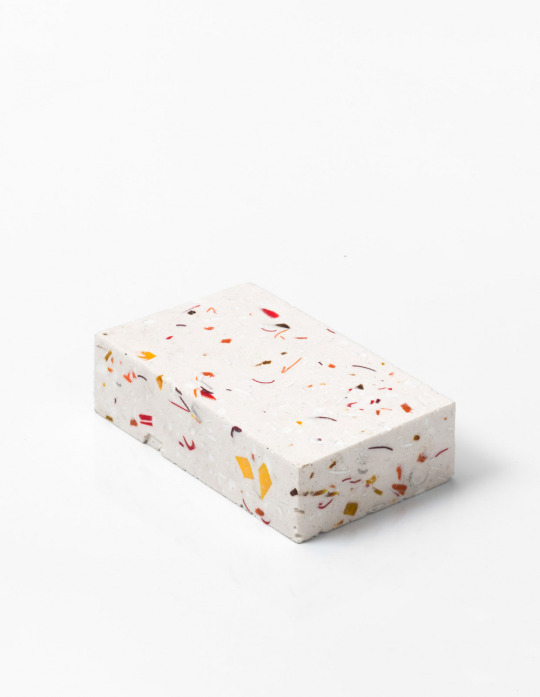
‘Calais ‘Jungle’ Terrazzo V’, camp remnants & ash resin (2018).
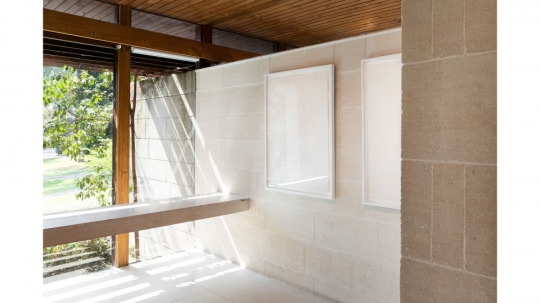
Stanislava’s art practice spans multiple mediums, but she’s perhaps best known for her paper-based pinhole works depicting geographical data, rendered using an etching burin and hand mallet. Photo – Bri Hammond

Pinchuk plots both the physical features of the land as well as the more abstract yet enduring residues of trauma. Photo – Bri Hammond

Topography : Topsoil Storage, Fukushima’. Pin-holes on paper, 75 x 101 cm (2016)

Powerful works that capture the changing topographies of war. Photos – Bri Hammond
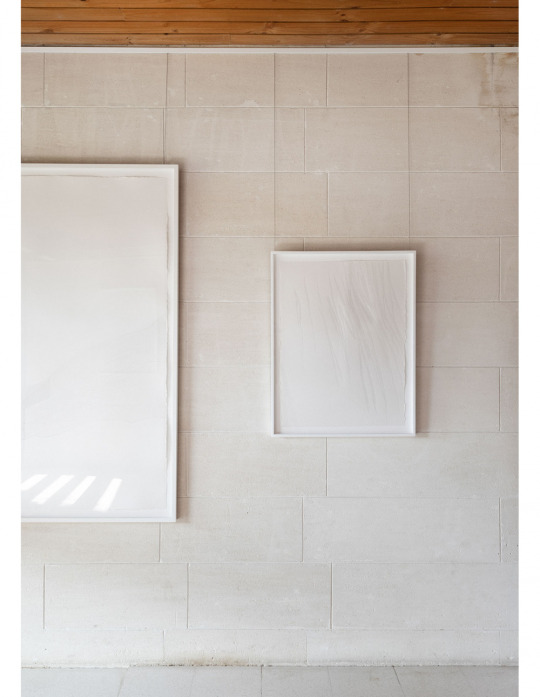
Photo – Bri Hammond
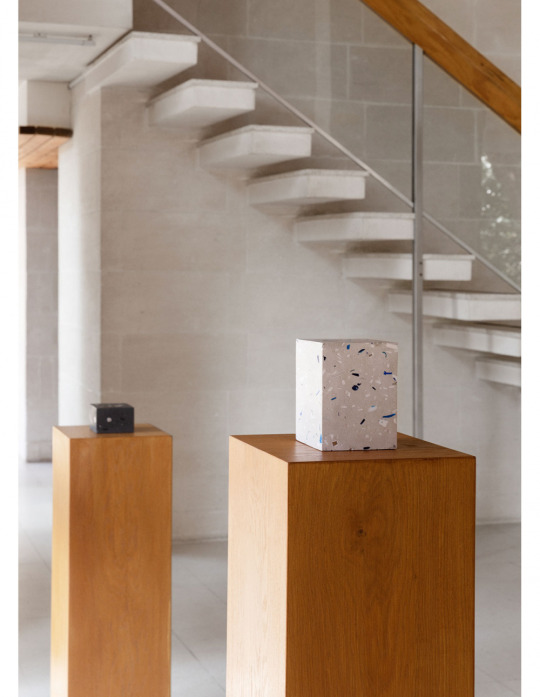
More terrazzo sculptures originally from Stanislava’s ‘Borders’ exhibition shown at China Heights Gallery. Photo – Bri Hammond

‘Calais ‘Jungle’ Terrazzo VIII’, camp remnants & ash resin (2018).
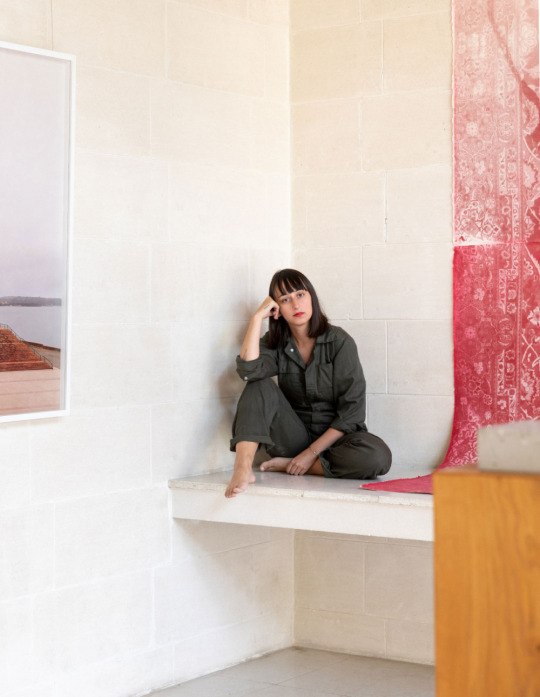
Stanislava at her exhibition, which closes June 20. Photo – Bri Hammond

Framed is ‘The Red Carpet’ – a documentation photograph of an architectural intervention and performance work, transposing a Ukrainian Bessarabian rug onto the steps of the Sydney Opera House. Photo – Bri Hammond
A career survey is a huge milestone for any artist, so for Stanislava Pinchuk (formerly known by the nickname Miso), to achieve this at 32 years of age, is nothing short of extraordinary.
Heide Museum of Modern Art is hosting the Ukrainian-Australian artist’s first career survey to date. Titled Terra Data, the exhibition features 40 key works from the past five years.
Stanislava’s art practice spans multiple mediums, but she’s perhaps best known for her paper-based pinhole works depicting geographical data, rendered using an etching burin and hand mallet. Beginning with recording war zones in her home country, Stanislava has since made a series of works centred around the Fukushima and Chernobyl nuclear exclusion zones, and the Calais ‘Jungle’ Migrant Camp in France.
Stanislava shared with us how this exhibition came to be, and the process involved in developing her labour-intensive artwork.
How long have you been plotting the changing topographies of war and conflict zones, and what compels you to do so?
I first began this exact work in 2015 in response to the beginning of the civil war in Ukraine. I’m from the eastern border, and it was an incredibly difficult thing to see. It was definitely not something that I expected to see in my lifetime, and at the time, it felt like a rupture in every way. I think it set something really urgent to what I wanted to make, and how I wanted to make it. So, I made the first series really quickly, and honestly, it was only later I understood what it meant, and really began to wrestle with the questions that the body of work opened up.
I was 27 then, and I’m 32 now. It’s pretty incredible to think of how much that first project has changed my life over the last five years, and see it all in the same place for the first time.
How are your works created?
Every project has been a little different with mapping. A lot of the surveying has been incredibly limited with access or time – or safety for fieldwork – or the parameters of a nuclear zone, for example.
For most of the works in the exhibition, the data surveying has been me on the ground alone, mapping height-fields, and photographing back-up references in a pretty old-school way. I’ve found that the most reliable, actually!
One body of work was mapped with Geiger counters measuring radioactivity levels in different types of ground, rather than the topography of the soil itself. Another project had airspace access for a drone!
Regardless, all collected data is mostly plotted into 3D modelling software later, and then enmeshed with textile skins.
Where are your artworks typically created?
Wherever I can! I can’t be too fussy, but a big sturdy table, good natural light, and a laptop with generous RAM are about as good as it gets. Over the past five years, my works were made across a few continents and a few studios – you just make do with the best you have at any time.
Your art practice encompasses drawing, installation, tattooing, film & sculpture. What attracts you to each of these mediums?
I love the depths of every medium, and I find their limits always push me into thinking of something else. Restrictions are actually really good like that for creativity. But more than anything, I’ve really tried to find a place in my practice that is comfortable about seeking out the right medium for the right idea, even if that’s new or scary to me.
Are you a self-taught artist?
I am, I suppose, in that I never went to art school. I do however have a degree in philosophy and art history, which I think laid a really good foundation as far as understanding histories of thought and being able to place and link ideas in a thorough way.
How does it feel to have a career survey of your work exhibited at Heide?
It feels like there’s only one answer – it feels really incredible. Not just to have my first career survey in the first place, but also in my adopted hometown, feels like a really beautiful moment in time. It is not something I could have ever imagined happening, and especially not at 32.
Like many other people in this city, I have always found so much magic in the Heide II building, and even now, after a billion meetings and site visits, it honestly never, ever loses its power. Even if you walk in tired or anxious, or annoyed, the building really lifts you up every time. And if it’s empty, it takes about 30 seconds before you start imagining that it’s your own house!
Bar six drawings, none of this work has ever been exhibited in Naarm (Melbourne) before. I’m a few months away from moving back to Sarajevo for good, so it feels like a really beautiful departure, reflection and celebration here too! To look back before a big change ahead.
What can people expect from ‘Terra Data’?
This show has been in development for some 18 months, and delayed three times due to the pandemic! It’s a career survey that spans the last five years of my practice, with topographic surveying projects from Ukraine’s eastern borders, and Kyiv, Fukushima, Chernobyl and Calais. I’ve never seen these works in the same room together before, and I can’t wait for what that might feel like.
Stanislava Pinchuk: Terra Data Saturday March 20 – Sunday June 20 2021 Heide Museum of Modern Art 7 Templestowe Road, Bulleen, Victoria
0 notes
Photo

A Bessarabian Kilim carpet, Moldova or Ukraine.
Source: Sotheby’s.com
24 notes
·
View notes
Text
Most beautiful carpets exhibited at the fourth edition of the Bessarabian Carpet Festival https://t.co/NNjoA5UYLe #flooring
from http://twitter.com/mattlintonherts via Carpets Hertfordshire
0 notes
Photo

A Bessarabian carpet, Ukraine or Moldova
Source: Sotheby’s.com
11 notes
·
View notes